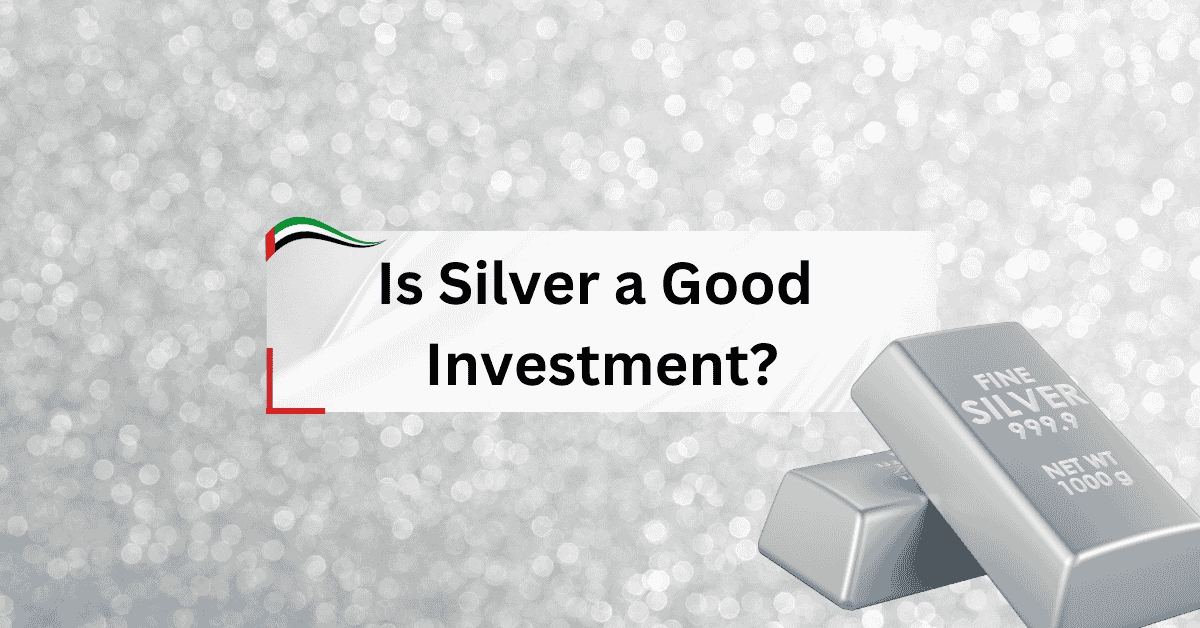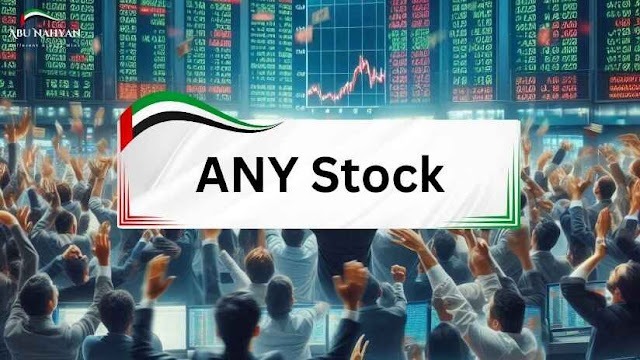Is Silver a Good Investment?
Introduction
The question “Is Silver a Good Investment?” has intrigued investors for centuries. Silver isn’t just another shiny commodity; it carries history, utility, volatility, and potential. Some view it as the poor man’s gold, while others call it an industrial powerhouse disguised as a precious metal. The truth lies somewhere in between — silver can be a rewarding investment, but only if you understand its dual nature and respect its risks.
The reason many ask this question is because silver behaves unlike any other asset. It’s part monetary safe haven and part industrial necessity. This dual identity creates opportunities that can enrich investors, but it can also bring wild swings that punish the unprepared. When markets rise, silver often surges faster than gold. When markets fall, it crashes harder. That is why clarity is vital.
Imagine watching your portfolio swing 20% in a month simply because industries cut back production or speculators took profits. That’s the reality of silver. It isn’t for the faint of heart. But neither is building lasting wealth.
Silver’s Role in History: Is Silver a Good Investment?
Silver was once money itself. Empires minted it, merchants traded it, and families stored it as wealth. Over time, its use as currency faded, replaced by paper and digital money. Yet silver retained its identity as both treasure and tool. Unlike gold, which is mostly decorative or financial, silver has practical applications that extend deep into modern industries.
Electronics, solar panels, semiconductors, medical devices — all depend on silver’s conductivity and antibacterial qualities. Every smartphone you touch contains it. Every solar farm needs it. That constant industrial demand means silver is never just about safe-haven investing; it’s also tied to real-world production.
But there’s a dark side. Because supply is largely a byproduct of mining other metals like copper and zinc, production doesn’t always respond to silver’s own price. Even if silver doubles, mines don’t instantly flood the market. This mismatch creates long-term deficits and surpluses that make the price swing violently.
When markets are calm, silver seems boring. When stress hits, it explodes. In 2025, prices surged to levels not seen in over a decade, catching many off guard.
Wealth doesn’t wait for hesitation — it punishes those who freeze when action is required.
Pros of Investing in Silver
- Dual demand — Silver is both a store of value and an industrial necessity. That combination creates multiple demand drivers that gold does not have.
- Inflation hedge — Like gold, silver can protect against currency erosion when governments print endlessly.
- Lower entry price — Because silver is cheaper per ounce than gold, retail investors can buy more, offering a sense of leverage.
- Outperformance in bull runs — Silver often rises faster than gold during rallies, delivering high percentage gains.
This makes silver attractive to those who want volatility to work in their favor.
Cons of Investing in Silver
- Extreme volatility — The same leverage that helps in bull runs can devastate in bear cycles.
- No passive income — Silver produces no rent, no dividends, no coupons — only speculative gains.
- Industrial dependence — If global manufacturing slows, silver demand collapses quickly.
- Storage and costs — Physical silver requires security and often carries premiums.
- Tax burdens — In many jurisdictions, silver faces higher taxes than gold.
The reality: silver isn’t for the investor who wants calm nights of sleep.
Sometimes wealth requires fireproof hands. Those who grip tightly while others panic are the ones who see life-changing gains.
How to Invest in Silver: Is Silver a Good Investment?
- Physical bullion such as bars and coins.
- ETFs and funds that track silver prices without the hassle of storage.
- Mining stocks that give leveraged exposure to silver’s moves but add company risk.
- Futures and derivatives for professionals willing to play with leverage and risk.
Each carries its own dangers and benefits. The decision depends on whether you want convenience, ownership security, or potential leverage.
The tragedy is when people buy silver without a plan — chasing price spikes and selling at the bottom.
Comparing Silver to Alternatives
- Gold offers stability. Silver offers speed.
- Real estate provides income and long-term appreciation. Silver provides speculation and bursts of power.
- Stocks and bonds diversify through growth and cash flow. Silver diversifies through chaos.
Silver is like a lightning bolt. It strikes hard, it burns bright, but it does not glow forever. Real estate, on the other hand, is more like the sun — steady, constant, and reliable.
One builds adrenaline, the other builds empires.
Outlook for Silver: Is Silver a Good Investment?
Analysts note that silver is entering structural deficits as industrial demand rises from the green energy revolution. Solar panels, in particular, are consuming more silver every year. Some predict shortages that could propel prices far higher.
But silver’s small market size means sudden corrections are just as likely. A central bank decision, a slowdown in global trade, or reduced investor interest can send prices plunging.
Never forget: silver can double in value in a year, but it can also erase gains just as quickly.
Wealth rewards those who prepare for both victory and defeat before the first move is made.
The Final Judgment: Is Silver a Good Investment?
The answer is yes — but not as your foundation. Silver is best suited as a tactical asset, a smaller percentage of your portfolio that thrives in certain cycles. Think of it as seasoning, not the meal.
The meal should come from assets that generate predictable income and compounding wealth. That’s why many investors shift from speculative metals toward guaranteed income-producing properties, particularly in growth markets like Dubai.
Your money must not just survive; it must multiply while you sleep.
Transition to Guaranteed ROI Properties
Now let’s flip the discussion. Silver is exciting but unstable. Investors looking for calm, steady wealth need assets that pay regardless of global shocks. That’s where guaranteed ROI real estate properties enter the picture.
Guaranteed ROI properties are structured to pay you a fixed return for years — often 8% to 10% annually — regardless of tenant occupancy or market volatility. Unlike silver, which offers no yield, these assets create predictable income. In Dubai, developers and operators even offer buy-back clauses, escrow protection, and government-verified contracts.
What this means: instead of waiting for silver to rise, you earn every month without lifting a finger.
Time is either your servant or your executioner. With guaranteed ROI, every day works for you, not against you.
Examples of Guaranteed ROI Opportunities
Here are a few live opportunities worth exploring:
- https://abunahyan.com/property/maya-guaranteed-roi-property-investment/
- https://abunahyan.com/property/ready-property-investment-guaranteed-roi/
- https://abunahyan.com/property/ready-property-with-guaranteed-roi-in-dubai/
- https://abunahyan.com/property/german-villa-with-guaranteed-roi/
- https://abunahyan.com/property/real-estate-guaranteed-roi-investment-opportunity/
- https://abunahyan.com/property/new-affordable-guaranteed-roi-investment/
- https://abunahyan.com/property/affordable-guaranteed-roi-property-for-investment/
- https://abunahyan.com/property/samana-8-percent-guaranteed-roi-for-3-years/
- https://abunahyan.com/property/guaranteed-roi-villa-investment-for-12-years/
- https://abunahyan.com/property/hotel-apartment-seven-with-10-percent-guaranteed-roi/
- https://abunahyan.com/property/guaranteed-roi-10-percent-al-haseen/
- https://abunahyan.com/property/radisson-hotel-guaranteed-roi-property/
- https://abunahyan.com/property/samana-guaranteed-roi-for-3-years-in-dubai/
- https://abunahyan.com/property/guaranteed-roi-in-dubai-for-3-years/
- https://abunahyan.com/property/arada-guaranteed-roi-investment-for-10-year/
- https://abunahyan.com/property/10-percent-roi-3-years-guaranteed-in-jvc/
- https://abunahyan.com/property/investment-in-dubai-guaranteed-roi-property/
- https://abunahyan.com/property/guaranteed-investments-in-dubai/
- https://abunahyan.com/property/hotel-apartment-guaranteed-investment/
- https://abunahyan.com/property/palace-for-investment-in-dubai/
- https://atlantisrealestate.ae/property/guaranteed-roi-investment-in-dubai-astra-in-dubai-south/
- https://atlantisrealestate.ae/property/100-roi-guaranteed-for-10-years/
These represent fixed returns, luxury projects, and government-verified schemes that contrast sharply with silver’s speculation.
Why settle for gambling when you can own certainty?
Abu Nahyan’s Authority


These opportunities are curated by Abu Nahyan, recipient of multiple prestigious awards including Best Luxury Independent Real Estate Brokerage in Dubai, Ambassador of Society Initiative, and Asia’s Honorary CEO & Co-founder recognition. With 500+ investors guided successfully, his track record demonstrates the credibility needed to enter these deals confidently.
Recognition is not given — it is earned through protecting investors and building their wealth.
FAQs: Is Silver a Good Investment?
Q: Is Silver a Good Investment compared to real estate?
Silver is highly volatile and speculative, while guaranteed ROI real estate produces predictable income streams.
Q: Can a guaranteed ROI really be trusted?
Yes, if backed by developer escrow, Dubai Land Department verification, and buy-back clauses. Always review contracts.
Q: What’s the difference between guaranteed ROI and normal rental returns?
Normal rentals depend on tenants and market demand. Guaranteed ROI is contractual and paid regardless of occupancy.
Q: How much can I expect to earn from guaranteed ROI?
Typical offers range from 8% to 10% annually, often for 3–12 years. Some projects also provide annual free stays and buy-back exits.
Q: Why choose Abu Nahyan for these investments?
Because his firm has been awarded and recognized for integrity, innovation, and success in guiding both small and high-tier investors to profitable outcomes.
Conclusion: Is Silver a Good Investment?
So, is silver a good investment? Yes — for those who want exposure to volatility and potential bursts of upside. But for investors seeking stability, predictable growth, and freedom from constant monitoring, guaranteed ROI real estate stands in a league of its own.
The smart move is not to pick one over the other blindly. Use silver as your speculation and guaranteed ROI as your foundation. That way, you balance the fire of volatility with the calm of certainty.
In the end, wealth isn’t just about what rises the fastest. It’s about what sustains you through storms. Guaranteed ROI properties ensure you don’t just hope for returns — you live on them.









